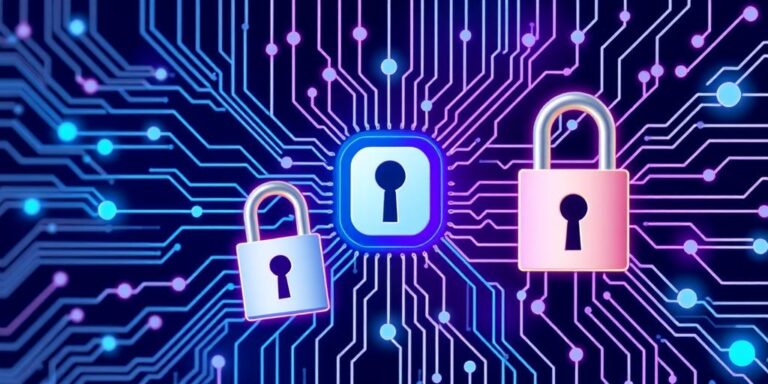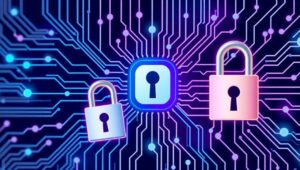The Quantum Threat to Current Encryption Standards (The 2028 Deadline)
The relentless march of technological progress brings with it not only innovation but also potential disruption. One such disruption looms on the horizon: the threat that quantum computing poses to our current encryption standards. While quantum computers are still in their nascent stages, their theoretical capabilities threaten to render many of the cryptographic algorithms we rely on today obsolete.
The Problem: Shor’s Algorithm
The vulnerability stems from a quantum algorithm known as Shor’s algorithm. Developed by mathematician Peter Shor in 1994, this algorithm demonstrates the potential for a quantum computer to efficiently factor large numbers. Many of our current encryption methods, such as RSA (Rivest–Shamir–Adleman) and ECC (Elliptic Curve Cryptography), rely on the computational difficulty of factoring large numbers for their security. In essence, a quantum computer running Shor’s algorithm could break these encryption methods in a fraction of the time it would take a classical computer.
The 2028 Deadline: Why Now?
You might be wondering why there’s a sense of urgency, particularly with the “2028 Deadline” mentioned in the title. This date isn’t arbitrary. It represents a convergence of factors, including:
- The Anticipated Advancement of Quantum Computing: Experts predict that quantum computers will reach a level of maturity where they can realistically threaten current encryption standards within the next few years.
- The Time Required for Cryptographic Transition: Migrating to new, quantum-resistant cryptographic algorithms is a complex and time-consuming process. It involves developing new standards, implementing them across various systems, and ensuring compatibility.
- The Risk of “Harvest Now, Decrypt Later” Attacks: Malicious actors could be collecting encrypted data now, with the intention of decrypting it once quantum computers become powerful enough. This is particularly concerning for sensitive data with long-term value.
Post-Quantum Cryptography (PQC): The Solution
Fortunately, the cryptographic community has been working diligently on developing Post-Quantum Cryptography (PQC), also known as quantum-resistant cryptography. PQC algorithms are designed to be resistant to attacks from both classical and quantum computers. These algorithms rely on different mathematical problems that are believed to be hard for quantum computers to solve.
Several families of PQC algorithms are being explored, including:
- Lattice-based cryptography: Based on the difficulty of solving problems on mathematical lattices.
- Code-based cryptography: Based on the difficulty of decoding general linear codes.
- Multivariate cryptography: Based on the difficulty of solving systems of multivariate polynomial equations.
- Hash-based cryptography: Based on the properties of cryptographic hash functions.
- Isogeny-based cryptography: Based on the difficulty of finding isogenies between elliptic curves.
The NIST PQC Standardization Process
The National Institute of Standards and Technology (NIST) has been leading a global effort to standardize PQC algorithms. NIST initiated a standardization process in 2016, inviting cryptographers from around the world to submit candidate algorithms. After multiple rounds of evaluation and public scrutiny, NIST is expected to announce the first set of standardized PQC algorithms in 2024. These algorithms will serve as the foundation for future cryptographic systems.
Implications and Actions
The quantum threat has significant implications for individuals, organizations, and governments alike. It is crucial to:
- Raise Awareness: Educate stakeholders about the quantum threat and the importance of transitioning to PQC.
- Assess Vulnerability: Identify systems and data that are currently protected by vulnerable cryptographic algorithms.
- Plan for Migration: Develop a plan for migrating to PQC, including timelines, resource allocation, and testing.
- Stay Informed: Keep abreast of the latest developments in PQC and the NIST standardization process.
- Implement PQC: Begin implementing PQC algorithms in systems and applications as they become standardized and available.
The transition to PQC is a complex undertaking, but it is essential to ensure the long-term security of our digital infrastructure. By taking proactive steps now, we can mitigate the quantum threat and safeguard our information in the quantum era.




